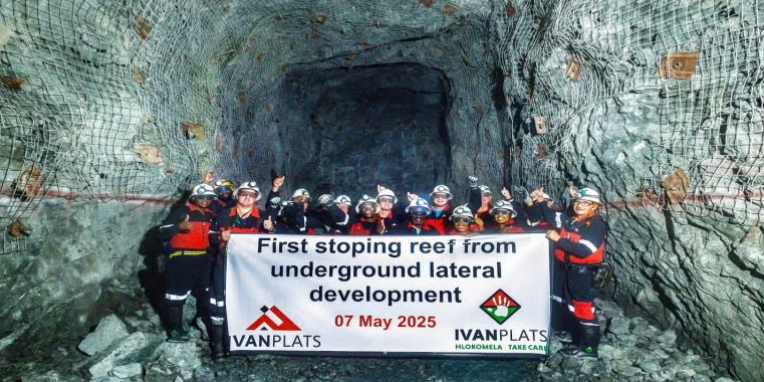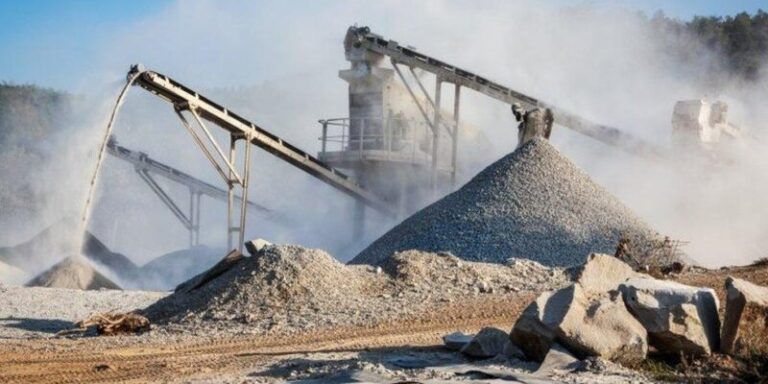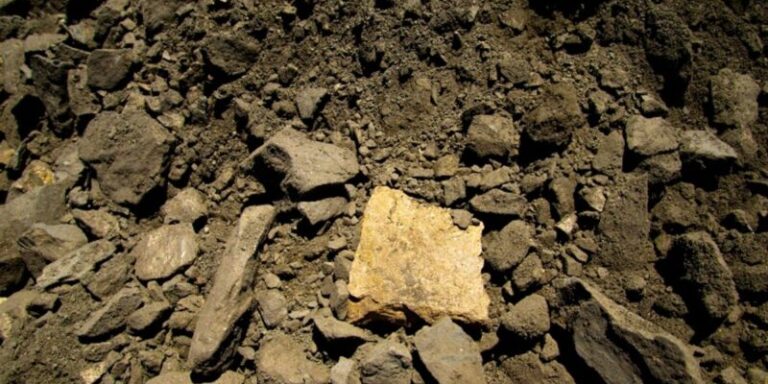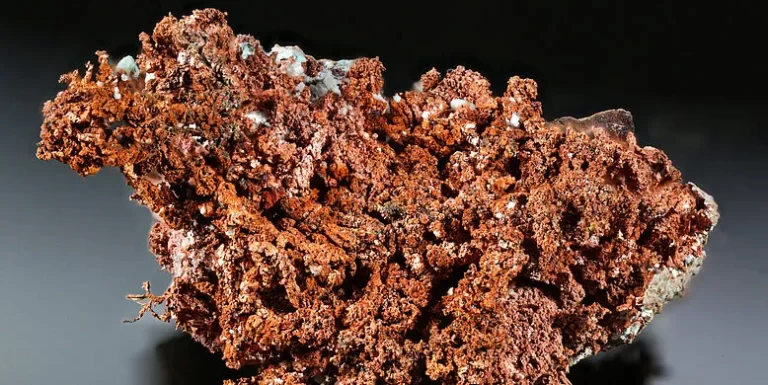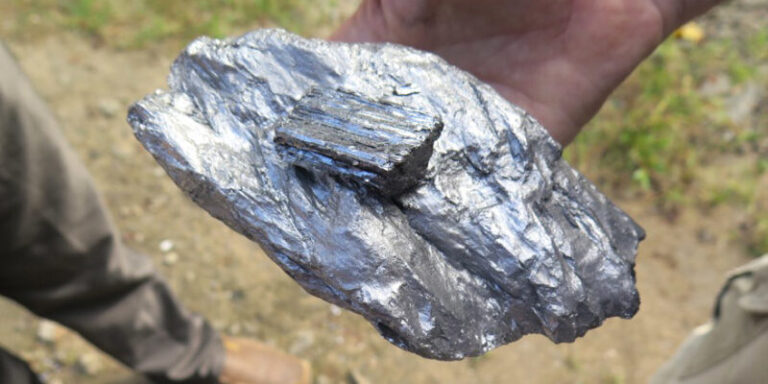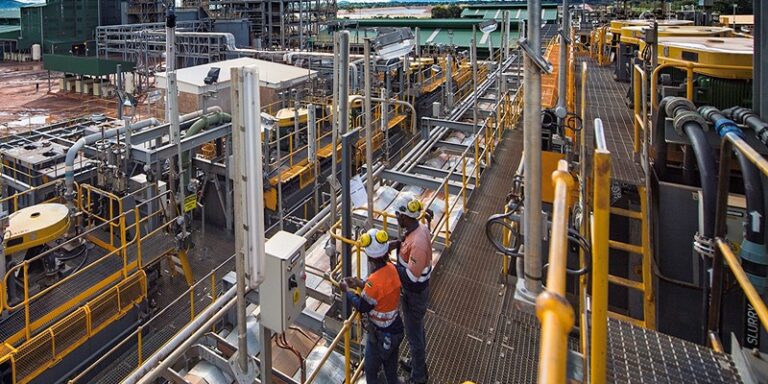
Nickel, a versatile transition metal, holds significant importance across numerous industries due to its diverse applications.
Despite its presence in everyday objects, the reality is that nickel is an exceptionally rare element on Earth. In this article, we delve into the scarcity of nickel, unraveling the factors behind its limited availability and examining the implications for various sectors.
Understanding the Rarity:
Abundance in the Earth’s Crust:
Nickel’s rarity becomes apparent when considering its abundance in the Earth’s crust. Accounting for only around 0.008% of the Earth’s crust by weight, nickel is considerably scarcer compared to elements like oxygen, silicon, and aluminum.
This scarcity places nickel in an exclusive category, enhancing its allure and demand.
Geological Factors:
Several geological factors contribute to the rarity of nickel. Unlike elements such as iron or aluminum, which are found in substantial deposits, nickel is often dispersed in lower concentrations.
It frequently occurs in association with other minerals, such as pentlandite and garnierite, making its extraction more challenging and costly.
The limited geological occurrences of nickel further accentuate its rarity.
Accessibility and Extraction Challenges:
Even when nickel deposits are discovered, accessing and extracting the metal pose significant challenges. Known nickel reserves are frequently located in remote areas, necessitating extensive exploration and infrastructure development.
Additionally, the extraction process itself can be intricate, involving techniques such as underground mining or high-temperature smelting.
These factors escalate the cost and complexity of obtaining nickel, further amplifying its scarcity.
Implications for Industries:
Stainless Steel Production:
Nickel finds its primary application in the production of stainless steel. Stainless steel is widely utilized across industries such as construction, transportation, and manufacturing.
However, the rarity of nickel directly impacts the cost of stainless steel production. As the demand for stainless steel continues to rise, the limited availability of nickel can result in higher prices for end consumers.
Electric Vehicle Batteries:
The global transition towards electric vehicles (EVs) has substantially increased the demand for nickel, particularly in battery production.
Nickel-rich cathode materials, such as nickel-cobalt-aluminum (NCA) and nickel-manganese-cobalt (NMC), offer enhanced energy density and performance.
However, the scarcity of nickel poses challenges to the widespread adoption of EVs, potentially leading to supply chain constraints and price fluctuations.
Other Applications:
In addition to stainless steel and batteries, nickel plays a pivotal role in various other industries. It is utilized in electroplating, electronics, aerospace, and chemical manufacturing, among others.
The scarcity of nickel could impact the development and cost-effectiveness of these sectors, potentially prompting alternative material choices or increased expenses.
Exploring Alternative Sources:
Recognizing the limited availability of nickel, scientists and researchers are actively exploring alternative sources and recycling methods.
Efforts are underway to develop more efficient extraction technologies, investigate deep-sea mining possibilities, and explore recycling processes to recover nickel from discarded products.
These initiatives aim to alleviate the pressure on existing reserves and ensure a sustainable supply of nickel for future needs.
Nickel, despite its omnipresence in our daily lives, remains a remarkably rare element on Earth. The geological distribution, extraction challenges, and limited reserves contribute to its scarcity.
As industries continue to rely on nickel for various applications, the implications of its rarity are evident through increased costs and supply chain concerns.
However, ongoing research and exploration of alternative sources offer hope for a more sustainable and accessible future for this invaluable metal.


